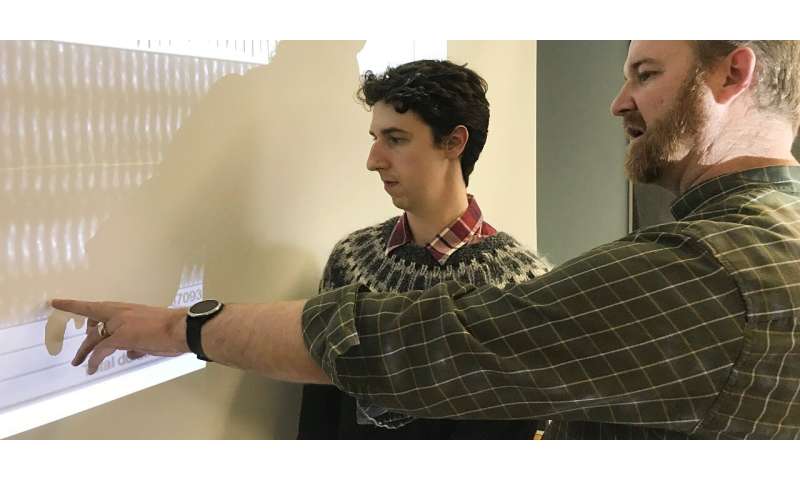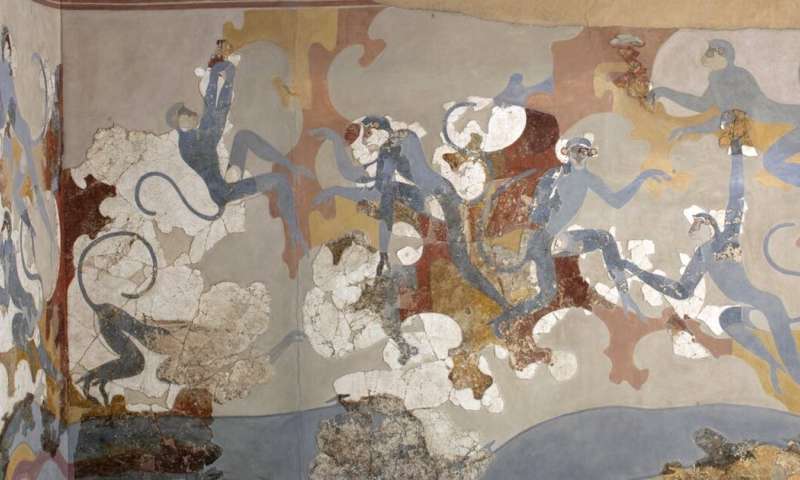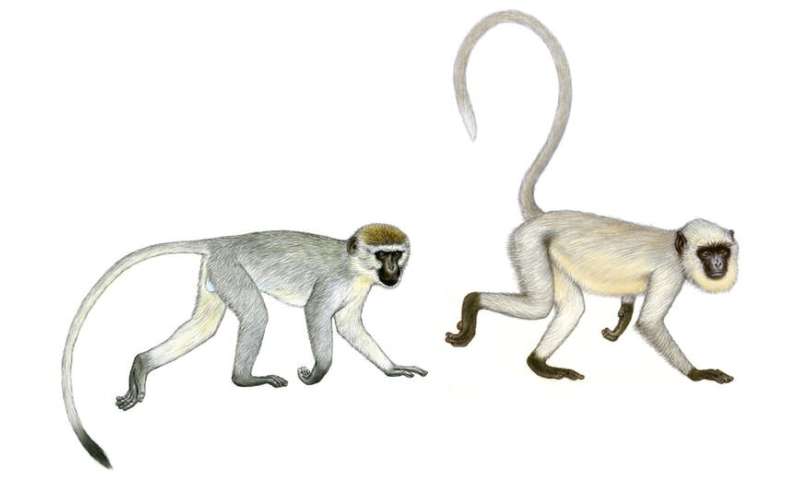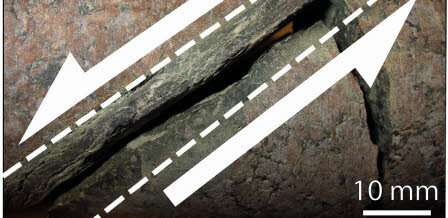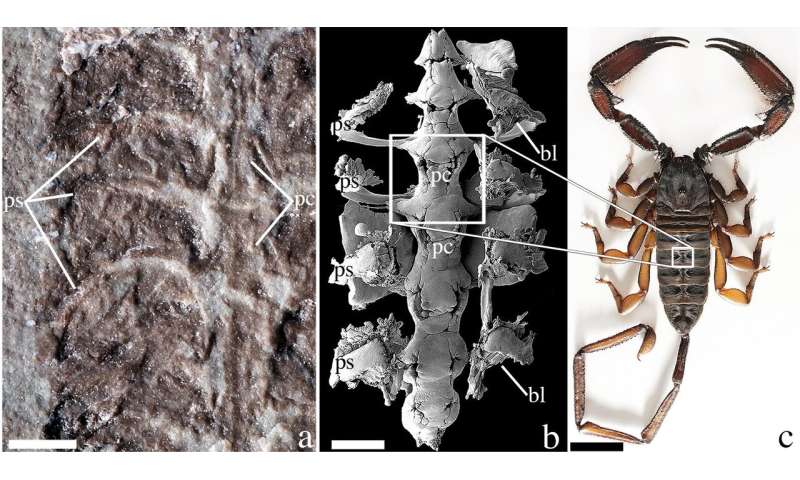
Tara L Joly
Report with Clinton N. Westman synthesizing recent literature on impacts, benefits, and participatory processes for Indigenous communities in the oil sands region. This project was funded by the Social Sciences and Humanities Research Council of Canada's Knowledge Synthesis Grant.
Making Productive Land: Utility, encounter, and oil sands reclamation in northeastern Alberta, Canada
Tara L Joly
RELATED PAPERS
Extracting Knowledge: Social Science, Environmental Impact Assessment, and Indigenous Consultation in the Oil Sands of Alberta, Canada
Janelle Baker

Ethnographic Refusal in Traditional Land Use Mapping: Consultation, Impact Assessment, and Sovereignty in the Athabasca Oil Sands Region
Tara L Joly and Hereward Longley

Duty to Consult or License to Operate? Corporate Social Practice and Industrial Conflict in the Alberta Tar Sands and the Nigerian Niger Delta
Anna Zalik

The Alberta Oil Sands Then and Now: An Investigation of the Economic, Environmental and Social Discourses Across Four Decades
Janice Paskey

Shifting Sands: Shaping Sustainability in Northwestern Saskatchewan, Report on a Public Outreach Workshop September 23-25, 2009
Garrett W Richards, Sharla Daviduik, and Mindy Neufeldt

Rebuilding Resilient Indigenous Communities in the RMWB: Final Report
Timothy David Clark

Digging Beneath the Surface of Aboriginal Labour Market Development: Analyzing Policy Discourse in the Context of Northern Alberta’s Oil Sands
Alison Taylor

Realizing the United Nations Declaration on the Rights of Indigenous Peoples in Alberta and Canada
Tara L Joly

Cultural Impact Assessment of the Teck Frontier Oil Sands Mine
Timothy David Clark

The Moccasin Flats Evictions: Métis Home, Forced Relocation, and Resilience in Fort McMurray, Alberta
Tara L Joly and Hereward Longley

“Learning Together”: Braiding Indigenous and Western Knowledge Systems to Understand Freshwater Mussel Health in the Lower Athabasca Region of Alberta, Canada
Tara L Joly

Indigenous Battles for Environmental Protection and Economic Benefits during the Commercialization of the Alberta Oil Sands, 1967–1986
Hereward Longley

Pathways for First Nation and Metis youth in the oil sands
Alison Taylor

Enclosing the Commons: Beyond A Beautiful Destruction
Nicholas Ng-A-Fook and Rita Forte
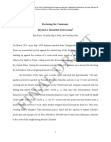
Rebuilding Resilient Indigenous Communities: Executive Summary
Timothy David Clark

First Nations and Shale Gas in New Brunswick: Partners or Bystanders?
Stephen Wyatt and Janelle Baker

First Nation and Métis youth in Northern Alberta: Toward a more expansive view of transitions Acknowledgements
Alison Taylor

Cultural Studies Racial extractivism and white settler colonialism: An examination of the Canadian Tar Sands mega- projects
Jen Preston

Research as Reciprocity: Northern Cree Community-Based and Community-Engaged Research on Wild Food Contamination in Alberta's Oil Sands Region
Janelle Baker

Resource sterilization: reserve replacement, financial risk, and environmental review in Canada's tar sands
Anna Zalik

A community approach for landscape planning
John Nishi

" Dancing at the End of the World "
Janet Fiskio

Governance transformed into Corporate Social Responsibility (CSR): New governance innovations in the Canadian oil sands
Tarje Wanvik

"Social Sciences, The Law, The Environment, and First Peoples," pp. 2-35 in The Forensic Social Scientist, Vol. 2, No. 2, Fall 2016/Winter 2017
Joseph Gurdin















